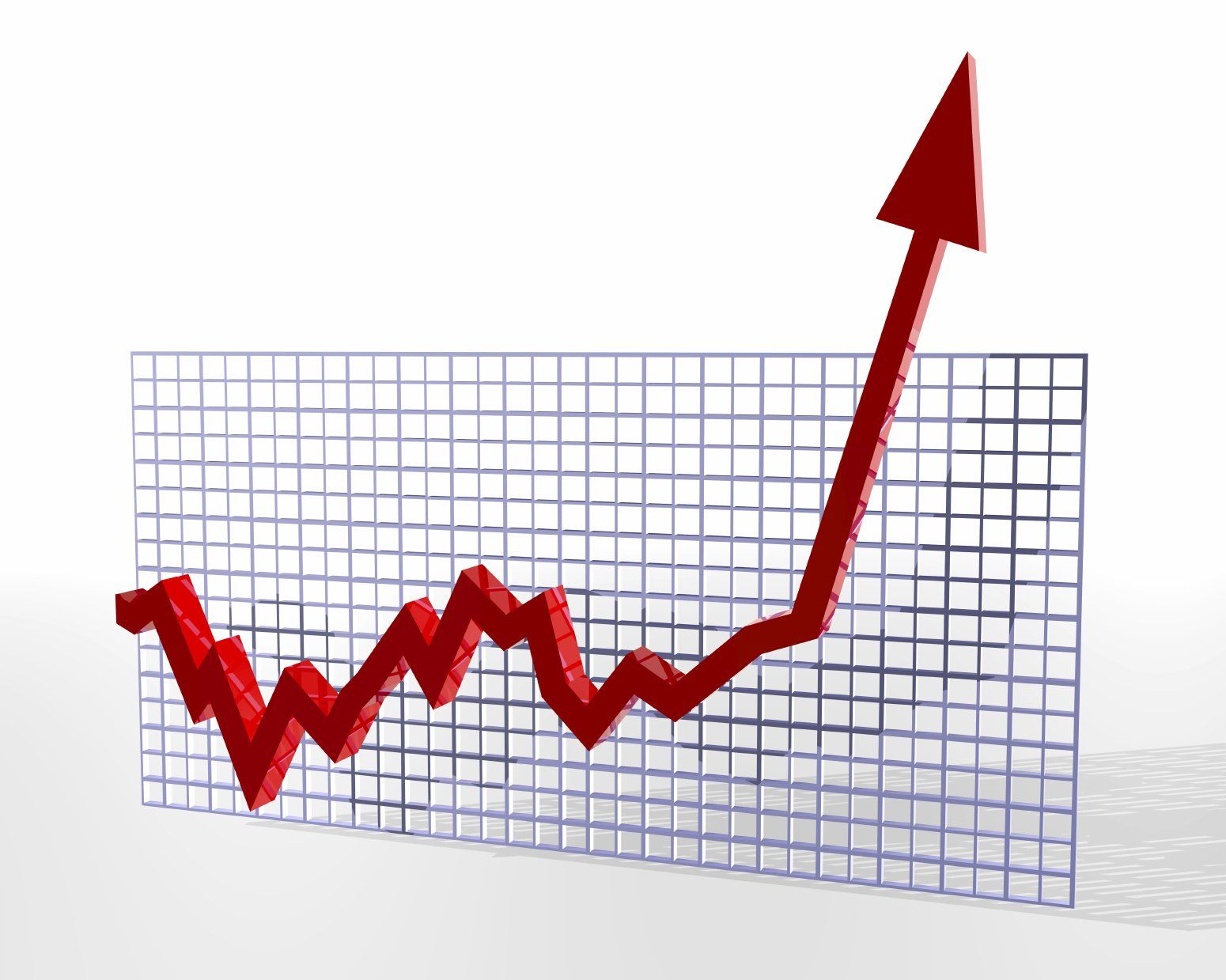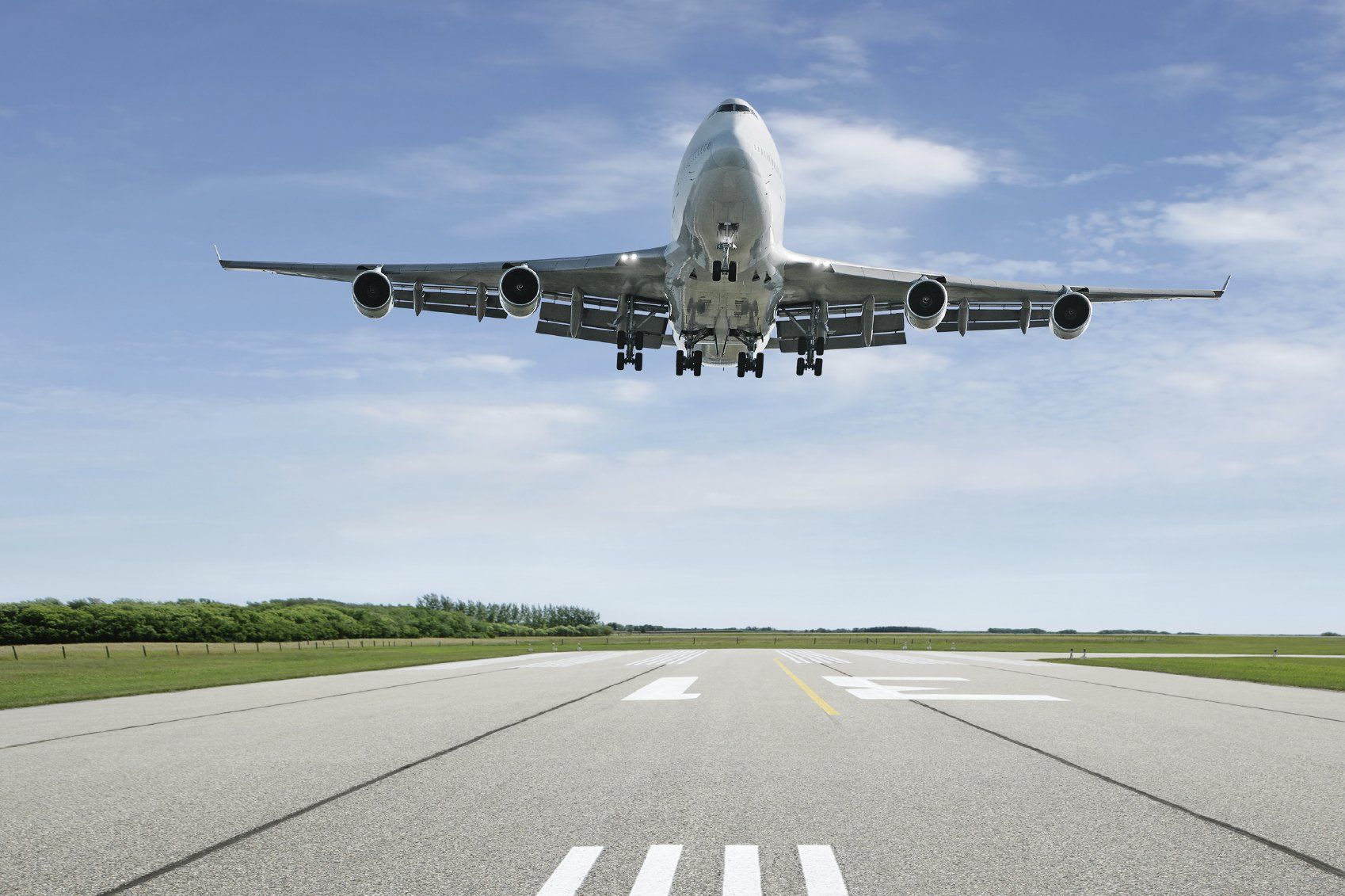Managing Vital Assets & Lifecycles via Digital Twins
Managing Vital Assets & Lifecycles via Digital Twins

Understanding the lifecycle of your assets, their often unique and dynamic patterns of use, varying applications and related complex infrastructures requires sophisticated techniques, analysis and methodologies.
Airports are no stranger to this complex environment and have comprehensive programmes of planned, preventative and reactive maintenance, supported by inspection programmes and auditing systems that are further backed up by regulatory oversight.
Finding the optimal programme that maximises the life of the asset and accurately monitors degradation to minimise early demise or failure is a fine line. The major investment required to replace such assets being in the high thousands or even millions of pounds for a replacement runway or taxiway infrastructure.
Using the LEMAUREY Digital Twin platform, coupled with our Partner and Supplier technologies, including; computer vision, machine learning, Artificial Intelligence (AI), advanced LIDAR scanning, drone surveying, modelling and degradation tracking can give more than an edge when it comes to addressing these challenges and uncovering a raft of additional opportunities.
Balancing safety, operational efficiency and cost-effectiveness, coupled with asset resilience, improved HSE, climate and environmental benefits all within a sustainable business model poses a number of key questions for Organisations:
1 - How might we have a better understanding of asset lifecycle via Digital Twins to make more informed decisions?
In most organisations, assets are tracked in terms of ownership, financial cost / depreciation and replacement terms. Generally they sit on Excel spreadsheets, or sit in various disparate systems and trackers, and have no method of communication or update other than the annual review.
Integrating your assets into a Digital Twin adds many more layers of functionality and capability. Making your assets work harder and provide you with enormous untapped wealth of information, intelligence and interoperability.
The ability to see and integrate all types of assets in one common platform, allows managers and Organisations to see the bigger picture, external influences and to identify unexpected consequences from decisions, behaviours, usage or events.
Anecdotally, asset lifecycles are given an 'expected shelf-life' after which it is expected that the asset will need either repair, overhaul or replacement. By applying Digital Twin technology, the lifecycle is able to be tracked in more depth, monitoring extraneous factors that could lead to early demise, failure or the need to act early to prolong the life.
Data-led decision making at the heart of an Organisation, means the core intelligence is now fact based, allowing a greater depth of understanding as to how an asset has faired and whether there are other things that could have been done better to extend the life and value from it.

2 - How can we incorporate data on airfield surface usage into a Digital Twin to develop data-driven methodology for determining optimal pavement asset replacement priorities at airports, balancing safety, operational efficiency and cost-effectiveness?
A LEMAUREY Digital Twin is designed to be used as a common repository of intelligence, fed from a multitude of real-time data points, sensors and system feeds. Giving the latest and most accurate 'single source of truth' available from the endless sources of data your Organisation can capture, but generally does nothing with. It is the enormous un-tapped wealth that Organisations currently have access to daily, but most fail to use to its maximum potential or do not have the tools and capability to process and visualise the results.
Layers of traditional fixed data points are valuable, but are often used for statistics reporting weeks if not months later. When overlaid together in real-time with time, location, KPIs and alerting functionality, sitting side-by-side with other relevant and also un-tapped intelligence data, the Digital Twin solution is able to offer the incredibly valuable spatial data benefits and insights in new, accessible and effective ways.
By capturing all of your big data from airfield and pavement inspections, Runway Condition Reports (RCR), heavy weight deflectometer reports, surface friction characteristics reports, survey data, LIDAR and drone scans, crack monitoring and measurements, Pavement Classification Number (PCN) assessments, and many more. When displayed and applied alongside stand and terminal plans, air traffic movements, ADSB feed from aircraft, delay code data, dwell and queue times and many more data points; your Digital Twin is the big picture coming to life. Finally a common 'single source of truth' harnessing this data, available for heat-mapping analysis, export to Excel spreadsheets, Partner and Supplier analytics integrations, Business Intelligence (BI) dashboards and decision maker reports.
Analysing asset lifecycles in real-time or using predictive modelling and machine learning from historical sensor and related system data - direct from source. Considering influencing factors such as weather, temperature, inspection frequency, accuracy of record keeping, human error analysis, traffic use, spills, damage, crack or deterioration monitoring can all play into the analysis and outcome of fact and data based decision making.
With the Digital Twin, the operational methodology becomes integrated into every role and every decision. Removing the silos of information and allowing managers to set and monitor targets, alert on failures or successes and to update processes and procedures to incorporate real-time collaborative intelligence.
The live big picture with macro-level detail, coupled with Partner and Supplier technologies such as Computer Vision, AI, CCTV integration and HSE system integrations, allows for a safer working environment. Changing behaviours and making staff and teams more aware of their surroundings, the others they effect and the external influences that affect them drives mindsets and puts focus back on quality and safety at the heart of each task.
Embedded capability within the Digital Twin platform allows heatmapping functionality, alerting and reporting when key user-defined targets are hit, actively monitoring inputs and data feeds; notifying users immediately, allowing them to focus on their daily tasks and less on admin heavy tasks and report writing.
Automation and digitisation were key drivers in
IATA's International Ground Handling Conference (IGHC) agenda, and EASA's Safety Conference. Both of which identified Digital Twins as the key to positive change and connecting the disparate technologies together. A data-led methodology is at the heart of a Digital Twin, and more importantly becomes the heartbeat of your operation.

3 - How can we best use the existing airfield infrastructure and monitor other assets such as vehicles and lighting?
The Digital Twin is built to agnostically integrate and monitor every type of existing and 'connectable' asset, sensor and system in your complex operational portfolio with ease.
From pavements and lighting, to CCTV, ground equipment, vehicles, smart bathrooms and even whole cities, terminals and office buildings. Every part of your Organisation's existing or new infrastructure and asset portfolio is capable of providing you real-time contextual insights, helping you achieve continuous improvement, identify opportunity and demonstrate the successes and identify areas that could benefit from greater attention.
As the 'big data' matures, more intelligence, insights and the cause and effect of events will become evident. Using our Partner and Supplier integrated machine learning, AI and other analytics tools, your data becomes increasingly valuable. Helping you to save money, make better data-led decisions, allowing more timely and accurate costing, resourcing and forecasting. Improving on procedures and practises, building better or more appropriately to prolong your asset's life and value, and improving overall operational efficiency.
Retrofitting old technology with some of our Partner & Supplier tech, you can even bring to life old assets that previously you had not considered, or do not have economic viability to replace, giving you the much needed insights and intelligence with minimal cost.



4 - How can the Digital Twin solution support an airport in increased asset resilience, environmental / climate resilience, improved HSE and support a sustained economic business model?
Data remains one of the biggest un-tapped potential assets for Organisations.
The 'single source of truth' is only a start of the benefits a Digital Twin offers. Improving operational efficiency, resilience planning, forecasting and predictive modelling, your assets get to work much harder and earn their value back in multiples.
Such improvements and savings quickly add up, with existing Digital Twin customers in manufacturing and automotive industries experiencing significant benefits and improvements including:
- Return On Investment (ROI) within 3-18 months.
- Idle time reduced from 20 minutes to nil
- Production increase of €7 million
- 35% time saving
- 95% elimination of patrolling
- Annual savings of €260k
Applying and scaling to meet the Organisations objectives and budgets, a Digital Twin offers the flexibility to grow with the learning and improve in manageable iterations. If the priority is Environmental, then integrations in noise monitoring, emissions tracking, fuel and power use, utilities integrations, and other tools allow for evidence led action and continuous improvement.
Understanding the factors that lead to events, outcomes or issues through the embedded advanced replay functionality and analysis of logged activity and spatial data intelligence, allows for better resilience planning, process improvement and LEAN business activity. A stronger, more resilient operation, always switched on and monitoring real-time data, leads to a more effective, reactive and sustainable eco-system surrounding your Organisation.
The knowledge and intelligence the Digital Twin pulls together into one simple and visceral platform, allows organisations to build sustainable, evidence and data-led business models.









